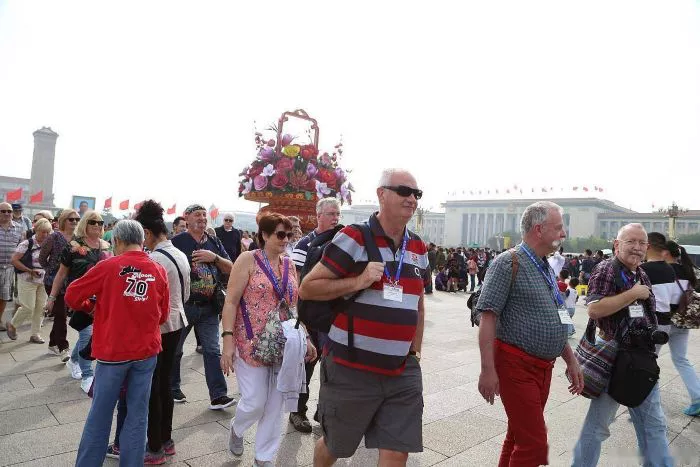The China-Vietnam border is experiencing a tourism renaissance as simplified visa policies fuel demand for “one-day cross-border tours” and “frontier culture experiences”. During the Dragon Boat Festival holiday, Guangxi’s border checkpoints anticipate processing over 97,000 passenger crossings, with Nanning Port alone expecting 7,000+ entries. At Friendship Pass – China’s most efficient land route to ASEAN – border authorities have implemented real-time flow monitoring and coordinated clearance procedures with Vietnam to handle the predicted 8,000 daily crossings. The surge reflects growing regional connectivity, with travelers from Singapore and Malaysia joining Vietnamese tourists in exploring the unique frontier landscapes.
Jingdezhen’s Ceramic Heritage Draws Global Artisans
In Jiangxi Province, international visitors are flocking to Jingdezhen, the porcelain capital, where hands-on ceramic workshops have become pilgrimage sites for craft enthusiasts. The ancient kiln district reports 51,000 overseas visitors this year, generating 154 million yuan in cultural tourism revenue. Foreign participants not only observe master artisans but actively create hybrid artworks – Nepali tourists recently painted traditional patterns on celadon vessels, while others learned entire production processes from clay preparation to glazing. Enhanced payment systems allowing direct foreign card transactions have further boosted accessibility, making Jingdezhen’s porcelain markets brim with global patrons purchasing everything from tea sets to refrigerator magnets.
Korean Youth Embrace Shanghai’s Lifestyle Economy
Shanghai’s alleyway culture has become a social media sensation among Korean millennials following China’s visa waiver policy. Data shows Korean arrivals to Shanghai surged 180% year-on-year, with 40% being Gen-Z travelers. A RT-Mart supermarket in Jing’an District now restocks snacks three times daily to meet Korean demand, while local barbecue joints deploy Korean-language queuing systems. Beyond consumerism, young visitors explore “Oriental aesthetics” in the French Concession’s art deco buildings and Tianzifang’s craft boutiques, where international shoppers account for 40% of the 26,000 daily visitors purchasing hanfu dresses and paper-cut souvenirs.
Shenzhen’s Electronics Bazaar Captivates Global Techies
Shenzhen’s Huaqiangbei, the world’s largest electronics marketplace, now welcomes 7,000+ international shoppers daily. The district’s 110,000 businesses offer everything from AI translators to tracking devices, with Colombian and French buyers praising Chinese tech’s superior functionality. Multilingual volunteers assist with currency exchange and international shipping, creating a seamless “shop-and-ship” experience. The innovation hub’s appeal is quantifiable: Shenzhen’s tax refunds for foreign shoppers reached 6.09 million yuan on 67.73 million yuan in purchases by May 2025, signaling China’s growing reputation as a tech shopping paradise.
Related Topic:
- Thailand: Is It Really the Top Retirement Haven for Western Tourists
- Hong Kong Attracts Around 20 Million Visitors in the First Five Months of 2025
- Argentina’s Pioneering Chinese-Spanish Bilingual School Bridges Cultures

